September 2017
-

If you are interested in seeing what tropical storms have passed close to your location in the past, you should try out NOAA’s Hurricane Track archive at https://coast.noaa.gov/hurricanes/?redirect=301ocm. It allows you to select a location and a radius of interest and provides information on all of the storms that have passed within that circle since…
-
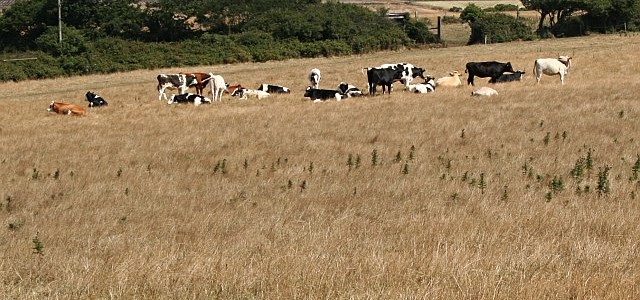
While the Southeast is free from drought this year (as opposed to last summer), exceptional drought conditions have taken residence in the Upper Plains and especially in Montana this summer. The Bozeman (MT) Daily Chronicle has a good story about the conditions there and what it is doing to their livestock and crops. You can…
-
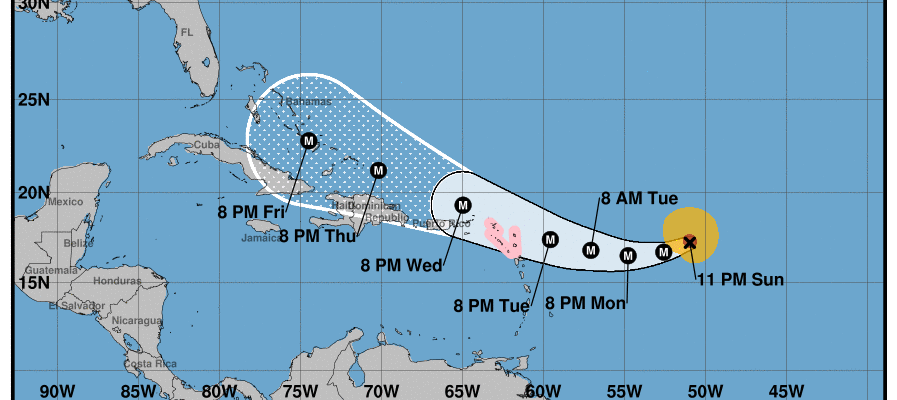
Many of my meteorologist friends of mine have been watching the progression of Hurricane Irma across the Atlantic for the last several days. There is a lot of hype out there on social media, and some people pushing clickbait have put out wildly speculative (or in some cases, just plain false) information. However, in the…
-
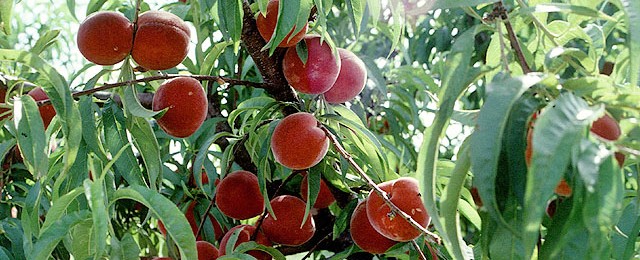
In spite of last year’s frost in mid-March, a lot of damage to the peach harvest in Georgia this year did not come from frost but from a lack of chill hours, since most locations in the peach areas of Georgia got much less than they really need for the trees to put out a…
-
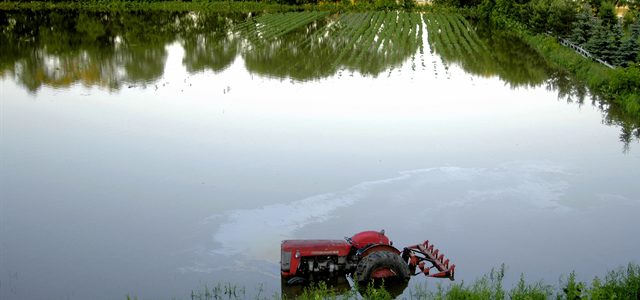
Any time a hurricane hits an industrial area, unexpected consequences of the damage from the storm can affect supply chains in novel ways. This Bloomberg story about the impacts of Harvey’s destruction on the Texas petrochemical industry, and in particular on the production of one gas called ethylene which is used to produce many different…
Posted in: Climate and Ag in the news -
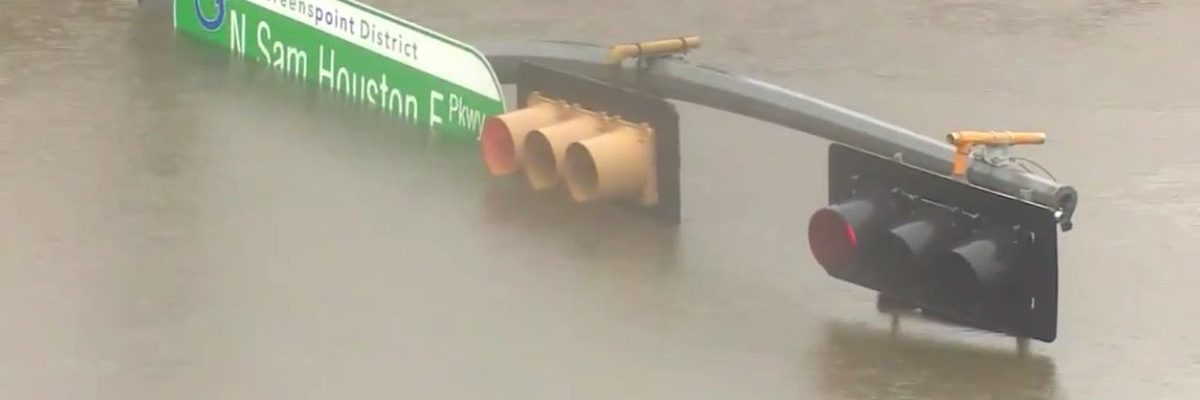
If you’ve been following the news since Hurricane Harvey hit Texas you likely saw more than one story about how Harvey’s rains were or were not influenced by climate change. If you are confused, you are not alone. Here is an article by Jason Samenow of the Capital Weather Gang that provides a no-nonsense look…
-
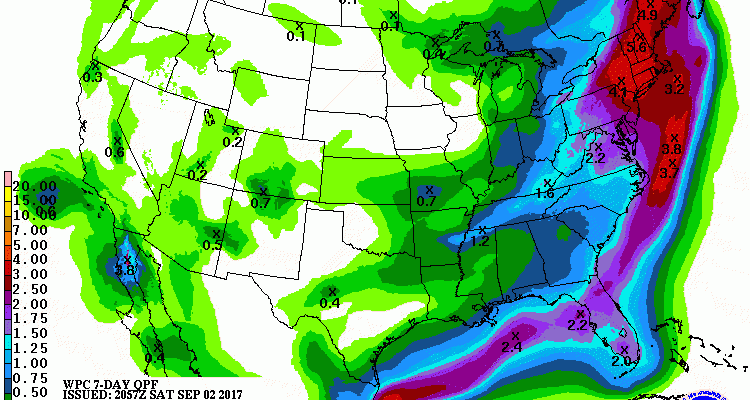
The latest 7 day QPF map shows that most of the rainfall this week will be offshore near the coasts. Florida should have the highest amounts overall while most of the interior receives lower than normal rainfall, which will be great for producers who are harvesting crops and need drier conditions.
Posted in: Climate outlooks